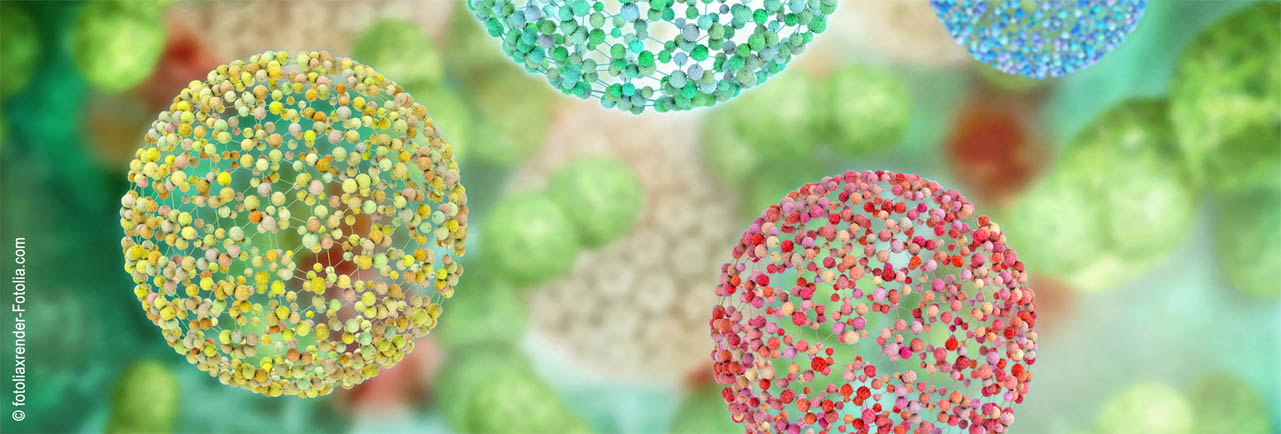Speaker
Description
The use of ferroelectric polymers in data storage techniques is on the rise. These materials are particularly useful as they possess an inherent bistable, remnant polarization that can be repeatedly switched by an electric field. Consequently, ferroelectric polymers are increasingly being utilized in non-volatile organic memory devices such as ferroelectric capacitors [1].
Poly(vinylidene fluoride) (PVDF) and its copolymers are among the most widely used ferroelectric polymers [2,3]. These materials have been highly valued in recent years for their superior polarization response under an electric field, especially in comparison to other linear dielectric polymers used in capacitor applications. PVDF can crystallize in four different phases, the β-, the γ- and the δ- being ferroelectric, while α-phase is paraelectric. Pure PVDF films are unsuitable for memory applications since they typically crystallize in the non-ferroelectric α-phase. Nevertheless, there are reports indicating that PVDF can predominantly crystallize in the ferroelectric β-phase when blended with the miscible poly(methyl methacrylate) (PMMA) and subjected to appropriate thermal processing [4,5].
While the ferroelectric phase diagram of the PVDF/PMMA system has been previously investigated [4], little is known about the processing-structure-function relationships of the amorphous fractions in such nanocomposites or how the PMMA component's topology affects the PVDF crystal structure and the dynamics of the remaining amorphous fraction. Polymer/polymer blends, polymer/nanoparticle mixtures, and all-polymer nanocomposites are currently a "hot topic" due to their significant academic and industrial interest. With this in mind, we have initiated a project that employs PMMA-based Single Chain Nanoparticles (SCNPs) as fillers for PVDF. SCNPs are polymeric soft nano-objects that arise from the controlled collapse of single polymer chains into folded nanoparticles via intrachain cross-linking. These SCNPs are the smallest unimolecular nano-objects (size < 20 nm) that can be synthesized from a linear polymer chain (polymer precursor) by intrachain folding/collapse [6].
Our current investigation aims to determine how the behavior of PVDF is affected by the presence of PMMA-based SCNPs at different compositions, and characterize the properties of the resulting materials. To compare, we will use reference samples that consist of PVDF mixed with the linear precursor chains (copolymers of MMA and AEMA). Techniques such as Broadband Dielectric Spectroscopy (BDS), Differential Scanning Calorimetry (DSC), and Small- and Wide-Angle X-Ray Scattering (SAXS and WAXS) will be employed to investigate the proposed materials.
References
[1] Naber et al, Advanced Materials, 2010, 22, 933-945. [2] Lovinger, Science, 1983, 220, 1115-1121. [3] Furukawa, Phase Transitions, 1989, 18, 143-211. [4] Li et al, Macromolecules, 2012, 45, 7477-7485. [5] Kang et al, Advanced Functional Materials, 2009, 19, 2812-2818. [6] Pomposo, J. A. Bioinspired single‐chain polymer nanoparticles. Polymer international 2014, 63 (4), 589-592.

